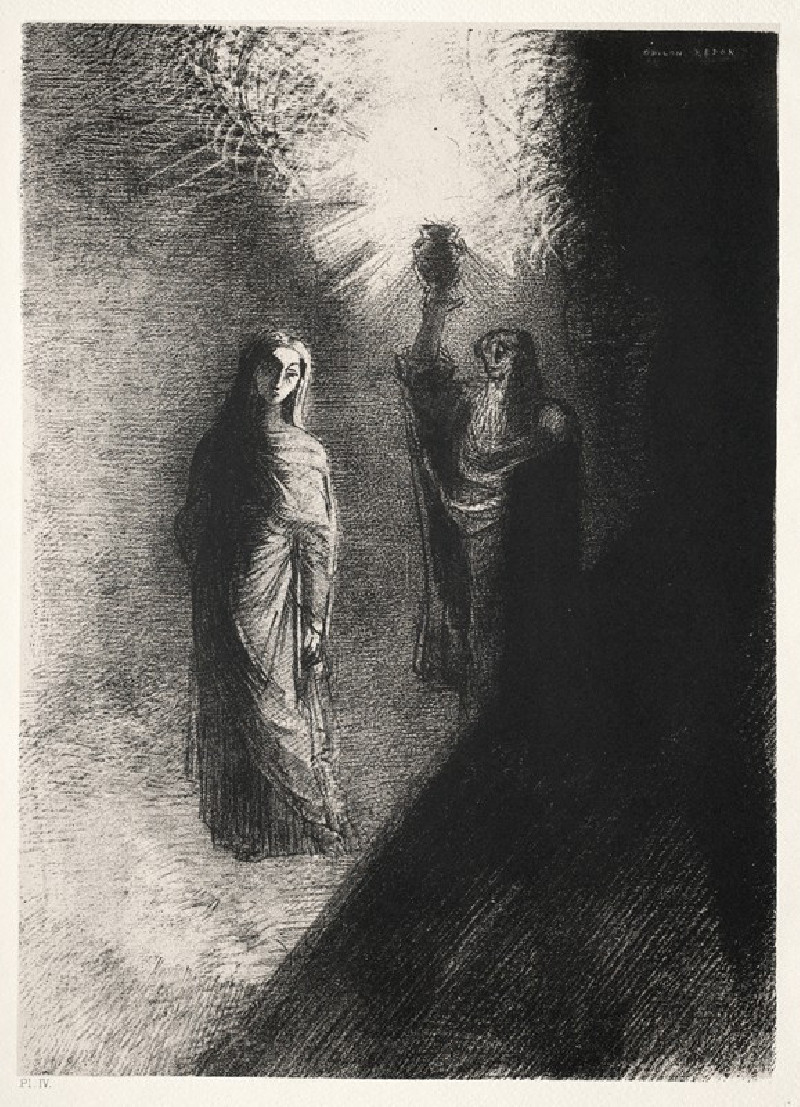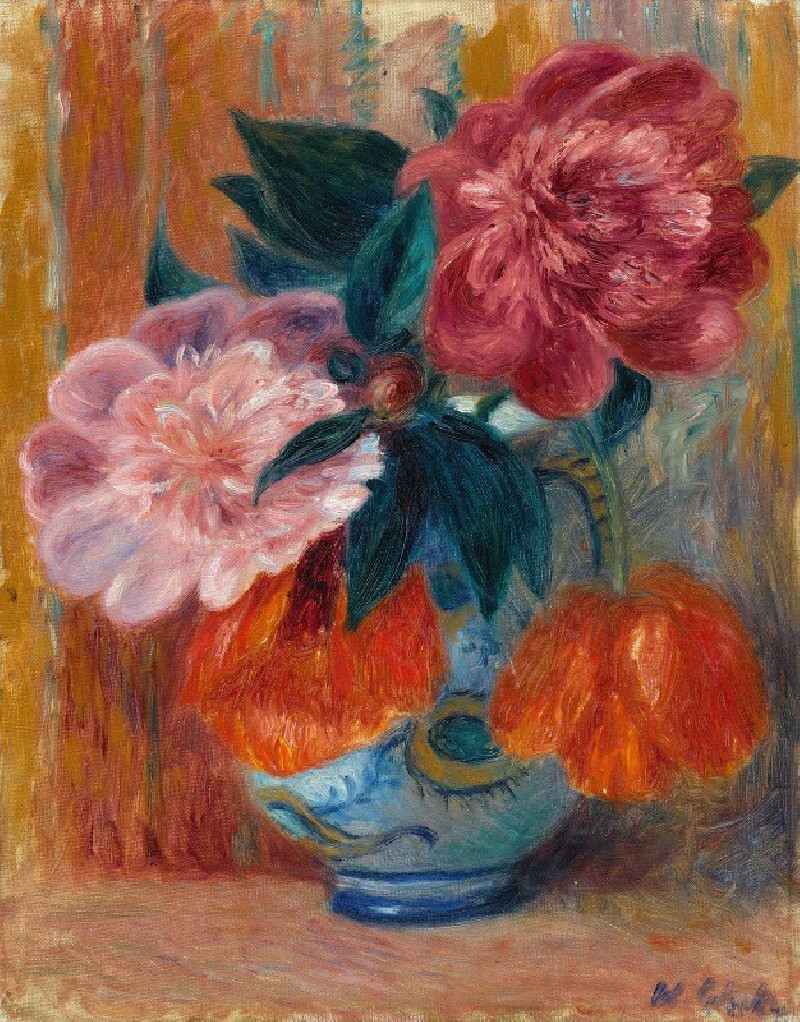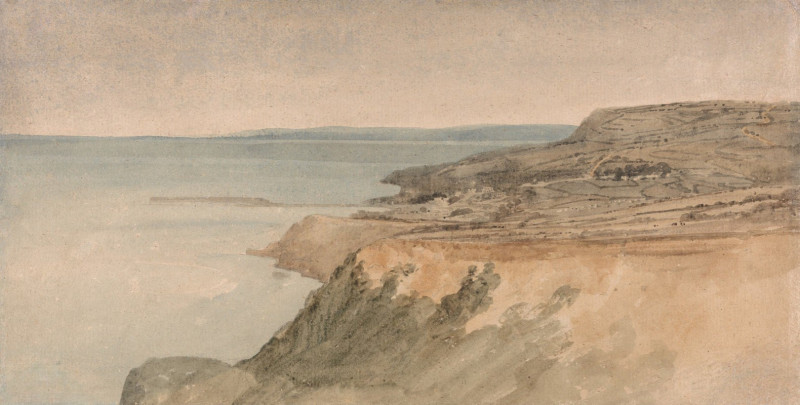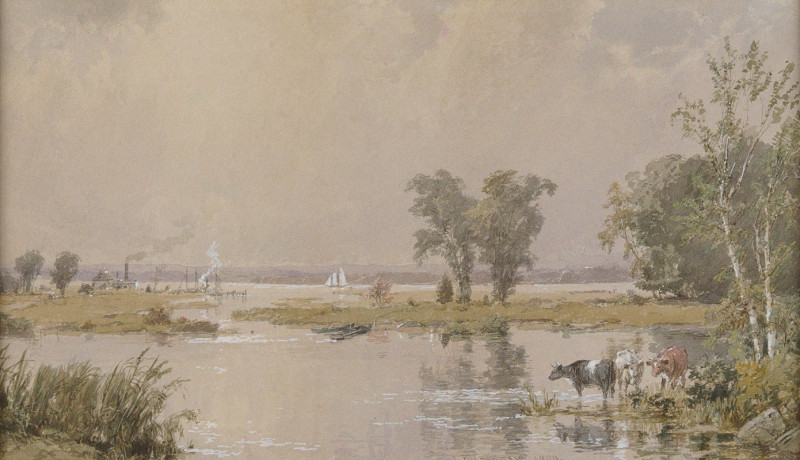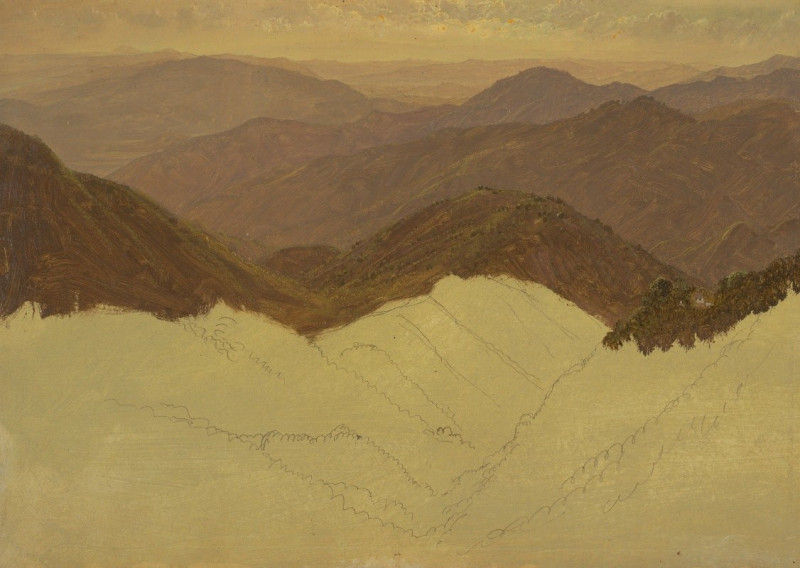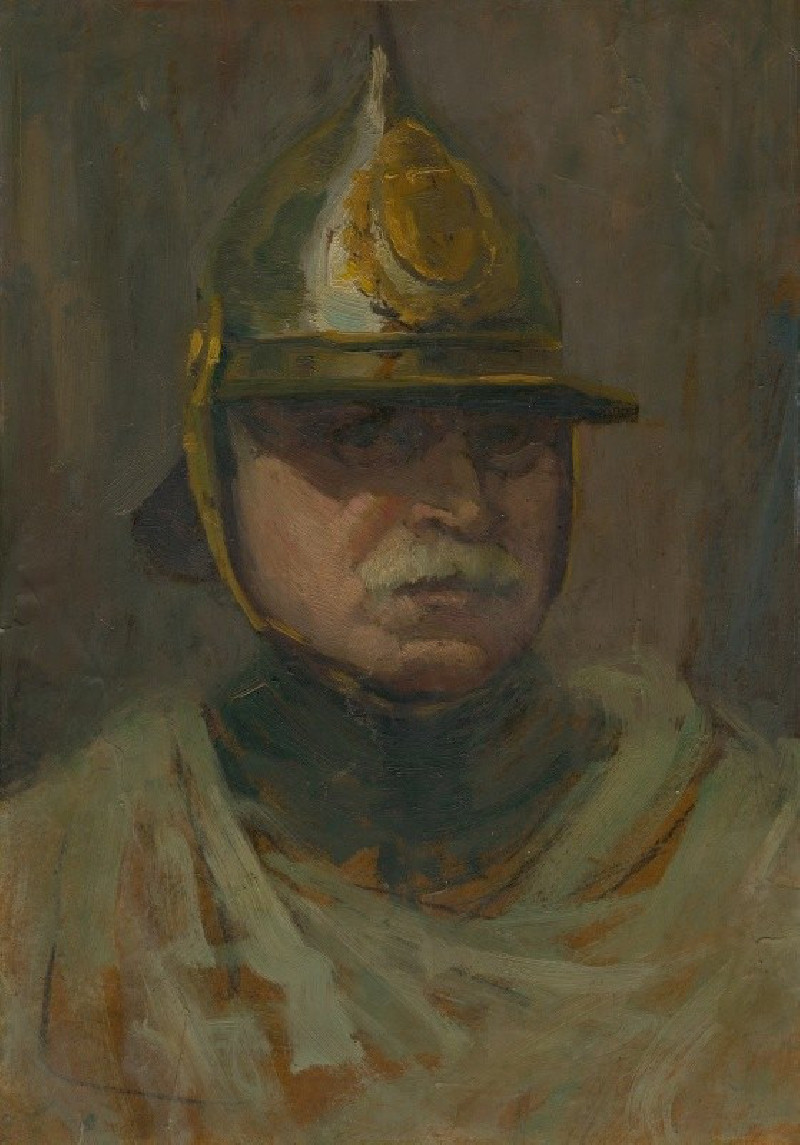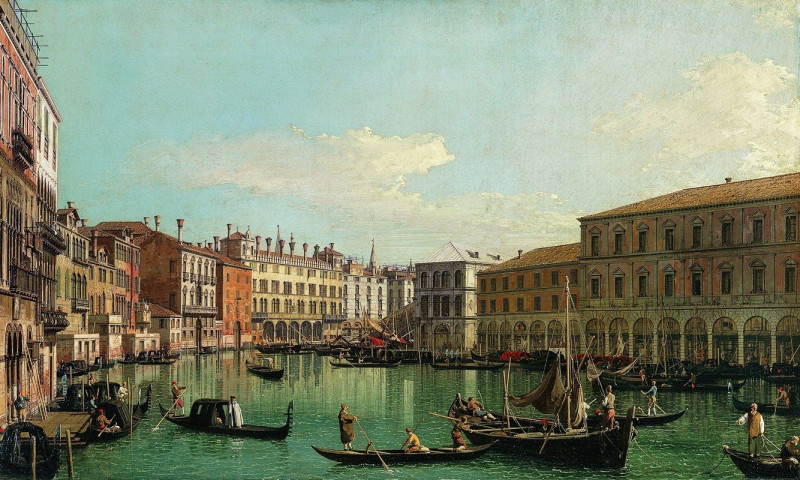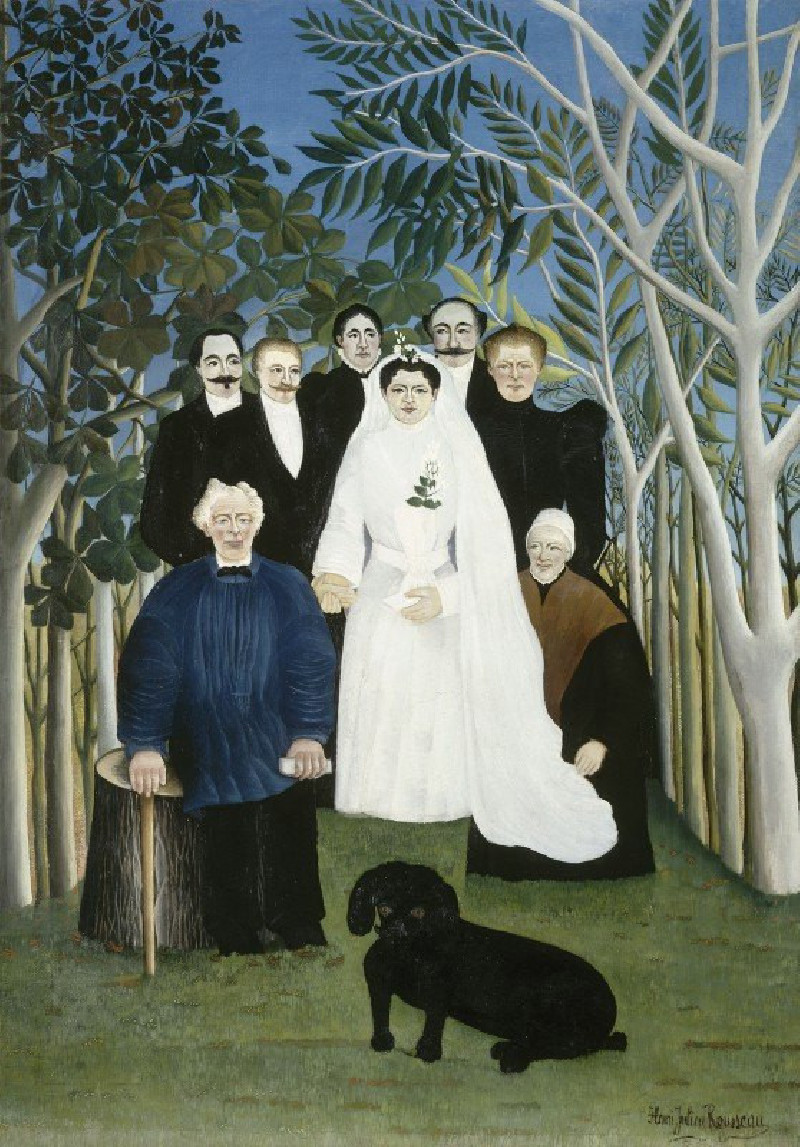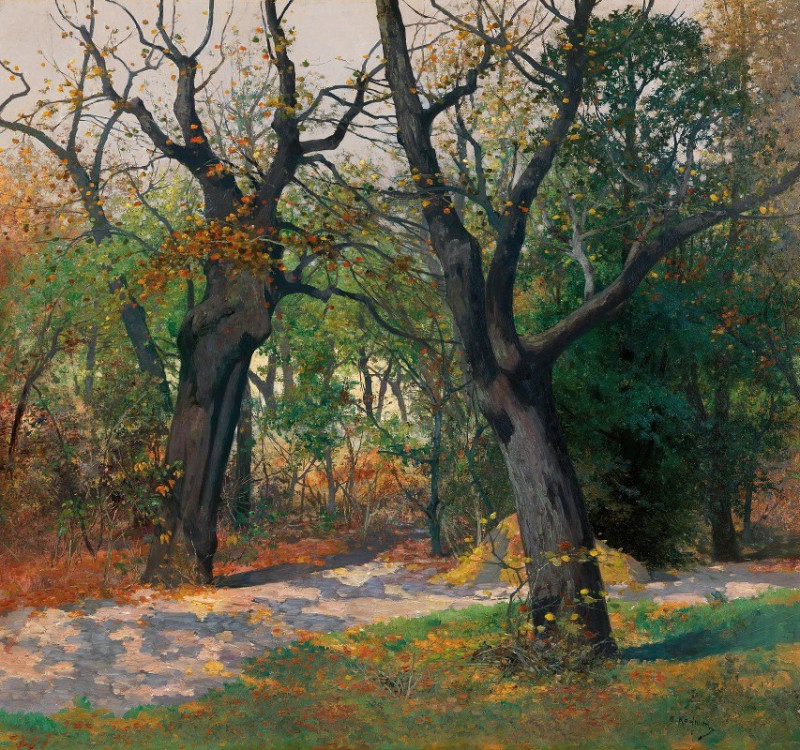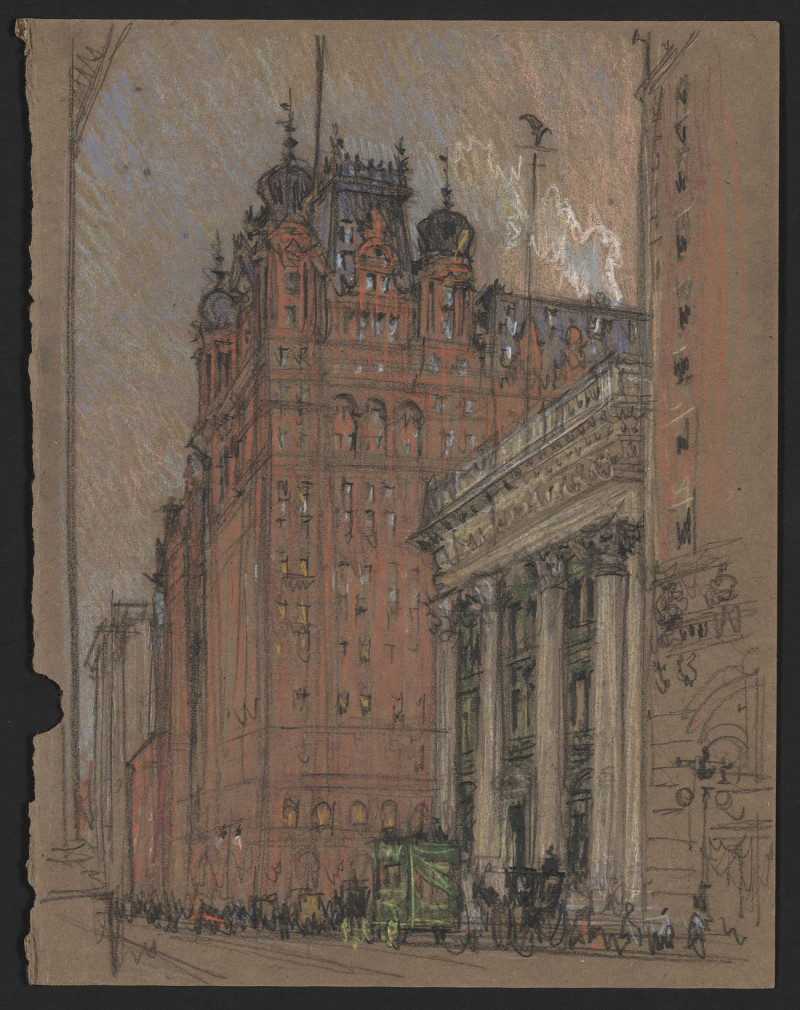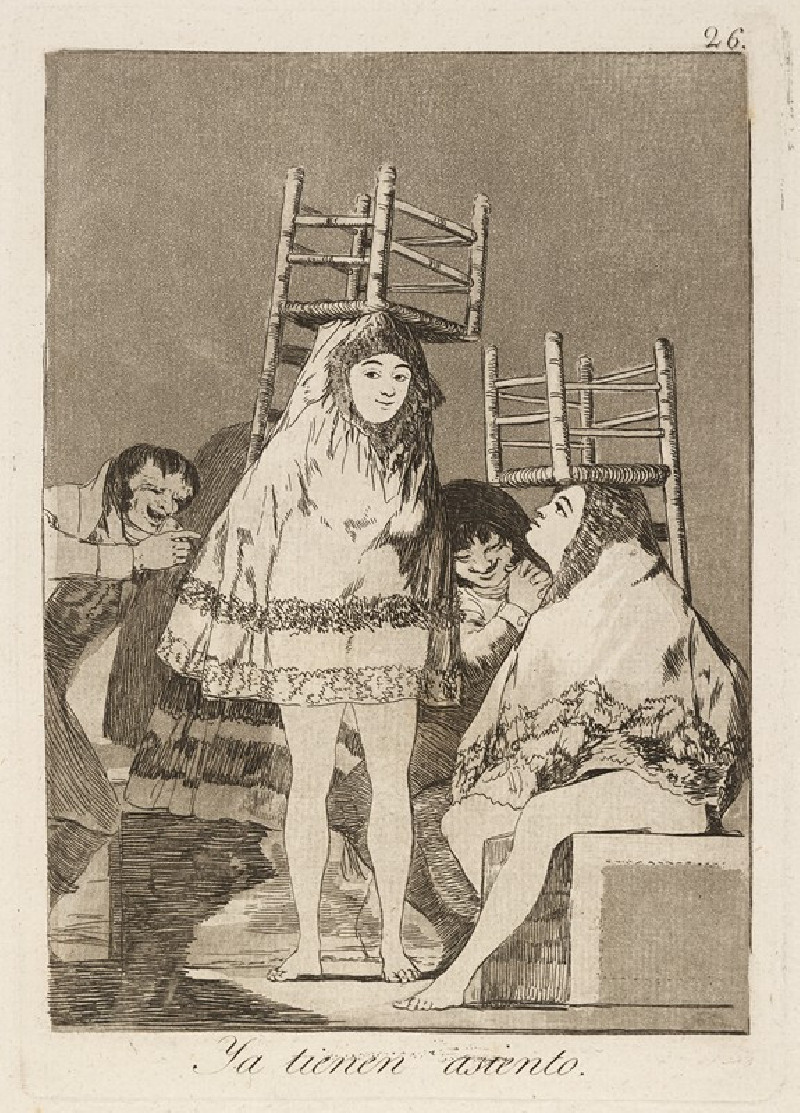The Entry of Christ into Jerusalem (1617)
Technique: Giclée quality print
Recommended by our customers
More about this artwork
Artist: Anthony van DyckDate: 1617Description: Anthony van Dyck's "The Entry of Christ into Jerusalem," painted in 1617, captures a pivotal moment in Christian narrative with a dramatic and poignant composition. The painting depicts Jesus Christ entering Jerusalem, as recounted in the Gospels, just days before his crucifixion. Christ is portrayed riding a peaceful donkey, symbolizing his humble and peaceful approach, contrary to a king who might enter a city on a mighty horse.The composition is vibrant and filled with motion. Christ, centrally placed, is surrounded by his disciples and a throng of followers, some of whom lay garments and palm branches before him—a sign of respect and reverence. The figures are rendered with expressive detail; their faces convey a range of emotions from awe and reverence to earnest devotion. A man in the foreground, bending down to spread his garment before Jesus, highlights the humility and the honor being bestowed upon Christ.Van Dyck utilizes rich, contrasting colors—a hallmark of his style—to heighten the drama and focus on Christ. The reds and blues worn by the figures not only draw attention but also serve to lead the viewer's eye through the narrative, from the background to the event's focal point—Christ.This painting is not merely a religious icon; it is a masterful exploration of human emotion and divine moment, painted with the deft brushwork and vivid coloration that characterizes van Dyck's work.
Delivery
Returns
Sir Anthony van Dyck (1599 – 1641) was a Flemish Baroque artist who became the leading court painter in England after success in the Spanish Netherlands and Italy.
The seventh child of Frans van Dyck, a wealthy Antwerp silk merchant, Anthony painted from an early age. He was successful as an independent painter in his late teens, and became a master in the Antwerp guild in 1618. By this time he was working in the studio of the leading northern painter of the day, Peter Paul Rubens, who became a major influence on his work.
































